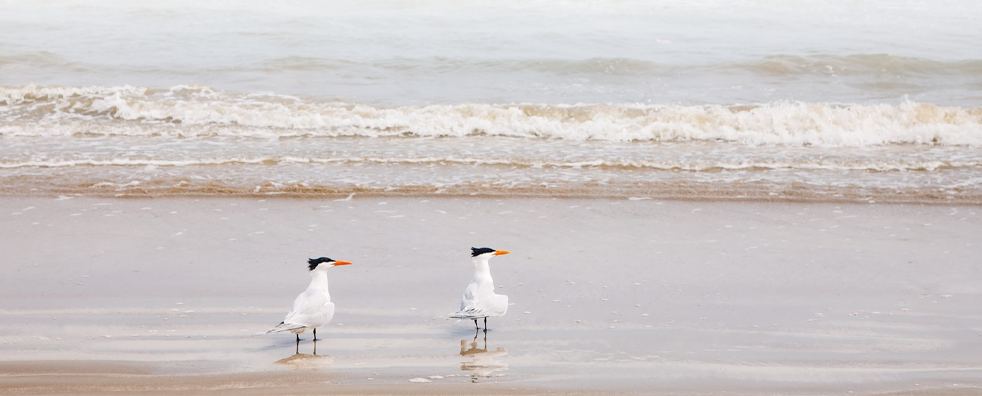
Conservation Delivery takes the outputs from biological planning and conservation design, and applies them to actual conservation actions, also known as "moving dirt", because it involves actual work on the ground, to influence human behavior, bird populations, and habitats across the GCJV region. Using the products from the planning and design stages allow us to adjust and target our conservation efforts to provide the most bang for the buck in developing and implementing conservation strategies that impact the landscapes, habitats, and ecological processes fish and wildlife species depend on.
These strategies, combined with different delivery tools and other management activities, such as wetland restoration, land acquisition, conservation easments, and private landowner programs, can then be targeted to those areas that provide the greatest benefit to wildlife and plant populations, based on landscape/regional models and designs.
The GCJV is divided geographically into six Initiative Areas, each with relevant planning documents to guide bird habitat conservation: Laguna Madre, Texas Mid-Coast, Texas Chenier Plain, Louisiana Chenier Plain, Mississippi River Coastal Wetlands, and Coastal Mississippi-Alabama.
Habitat delivery in each of these regions is coordinated through their respective Initiative Team, whose responsibility is to identify and develop potential habitat projects that contribute to GCJV bird habitat objectives and priorities. Initiative Teams are open to participation by agencies and organizations that maintain a land-management presence, or are active sponsors or participants in habitat conservation programs or projects, in their respective Initiative Area.
Conservation Delivery Examples
Texas Prairie Wetlands Program (TPWP)
One of the most successful conservation delivery prorgams in the GCJV region is the Texas Prairie Wetlands Project. This ongoing project is a collaborative effort between Ducks Unlimited, the Texas Parks and Wildlife Department, the U.S. Fish & Wildlfie Partners Program, USDA Natural Resources Conservation Service, the Dr. Edward D. and Sally M. Futch Foundation, ConocoPhillips, the North American Wetlands Conservation Act (NAWCA), private landowners, and the Gulf Coast Joint Venture.
Coastal Grassland Restoration Incentive Program (C-GRIP)
Another example is the recently created Coastal Grassland Restoration Incentive Program (C-GRIP). C-GRIP is very similair to the Oaks and Prairies Joint Venture's (OPJV) Grassland and Restoration Incentive Program (GRIP), where both provide financial incentives to private landowners for conducting habitat treatments that address the greatest limiting factors for suitability of grassland bird habitat on their property, the difference being C-GRIP focuses on coastal grassland habitat as opposed to more interior grasslands.
North American Wetlands Conservation Act (NAWCA)
A very important part of the GCJV's conservation delivery efforts are North American Wetland Conservation Act projects. A new web mapping application summarizes GCJV NAWCA projects for the past 5 years.

 700 Cajundome Blvd.
700 Cajundome Blvd.Lafayette, LA 70506
Phone: 337-262-7001 Fax: 337-262-7000
Copyright 2020 Gulf Coast Joint Venture - Webmaster